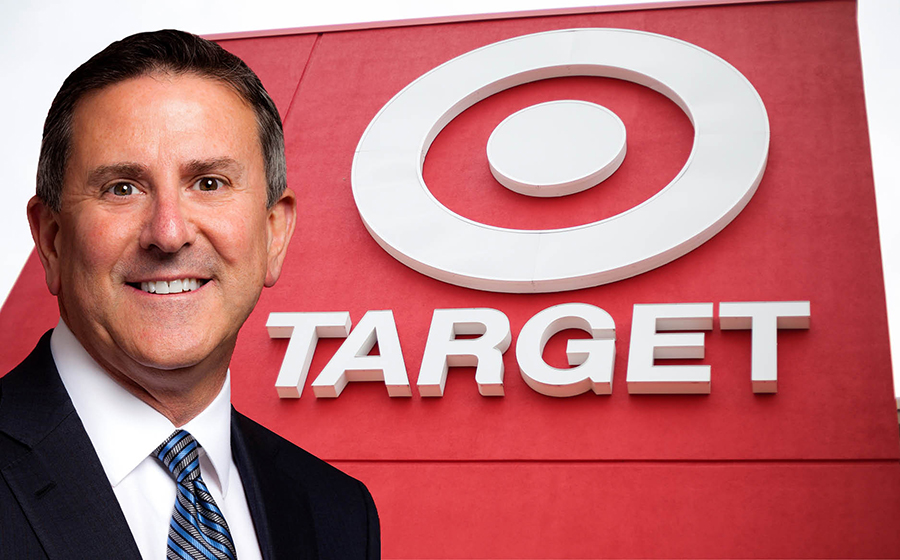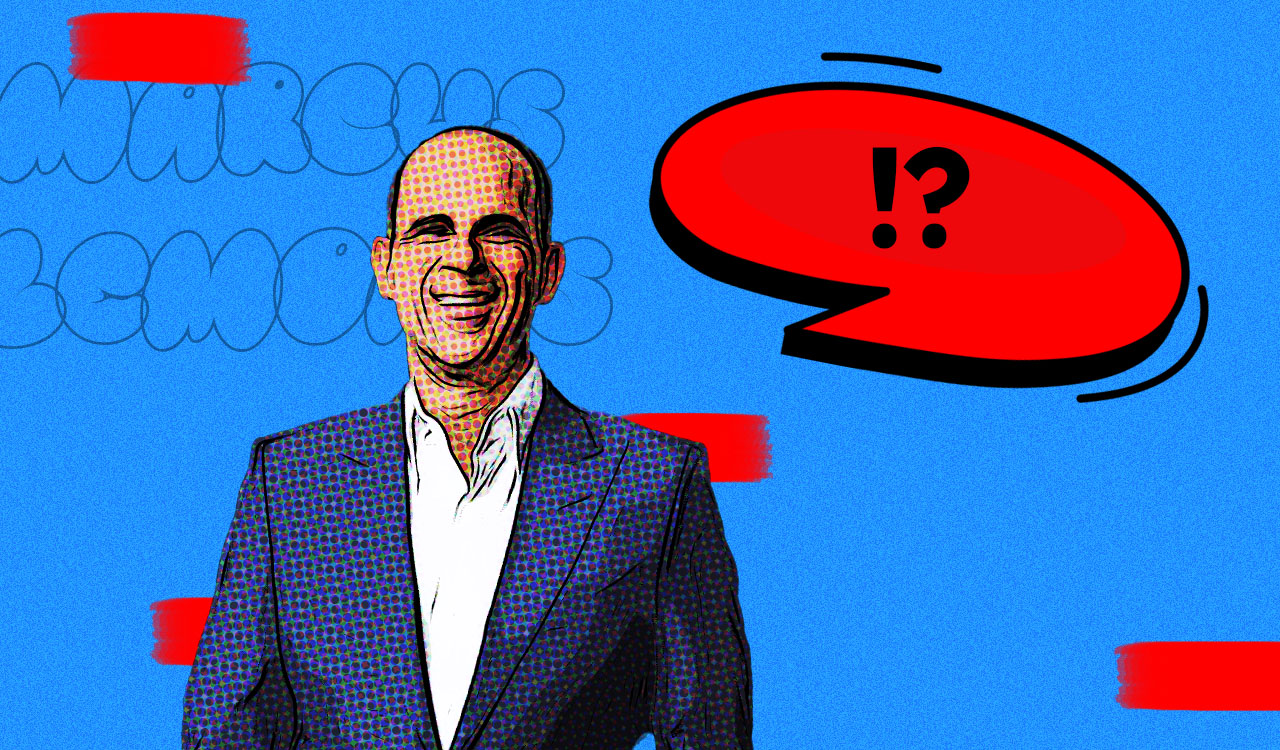Great strategy is one thing; implementing it is another. I hear the leaders of many of the great retail icons deliver great strategies. They are desperately seeking success in transforming their business models to compete in this new digital/physical world, in which all roads do not lead to a box called a store. The problem with most of these strategies is that their tactical implementation is more of a scatter shot of one-offs that are not in lock step with their strategies.
Target\’s Q2 performance sends a crystal-clear message that Target is delivering robust growth and profitability as a direct result of successfully implementing very clear strategies laid out by CEO Brian Cornell three years ago. He stated that 2017 would be the defining year and 2018 would be in the acceleration stage.
And the 2019 Q2 results reflect no waffling, weather or Amazon excuses — or concerns about the economy slowing down. In his Q2 call, Cornell was quoted, \”From a Target standpoint, we continue to see a very stable and healthy consumer environment, and I think we\’re well-positioned to take advantage of that.\” Well it may be stable and healthy for Target, but it\’s certainly not clear sailing for all ships. Which means that Target is stealing its prosperity from competitors.
Target Charges Ahead
Comp store sales increase of 3.4 percent (customer traffic up 2.4 percent and digital sales growth of 34 percent) is up against a tough comparison in the same period a year ago when sales jumped 6.5 percent (largely due to a windfall in toy sales after Toys \’R\’ Us closed all of its stores). Target delivered a 17 percent gain in profit in Q2 2018 and raised its outlook for the year.
Cornell\’s strategy was framed in 2016-17 with a roughly $7 billion capital expenditure commitment over the next three years to make it happen. As stated by Cornell, all of it played into an objective to make Target \”the easiest place to shop.\” And as they drive toward that objective, I would add \”fun\” to shop within the resurrected DNA of the once-cool Tarjay image. The nuance of his grand strategy, that most people miss, is that it would be led and leveraged by the physical stores.
As Target headed into the 2018 acceleration stage, Cornell forewarned a roomful of analysts that Target would take a \”hit on its margin\” because implementing their acceleration strategy required capital expenditures of $3.5 billion, up from $2.5 billion in 2017. The stock price took a dive in real time. That took guts. Actually, it was Cornell\’s total confidence in his strategy and its implementation. This was long-term vision smack in front of Wall Street\’s short-term face. This approach is instructional to all retailers who are required to make enormous investments in technology and store transformations. A more positive performance metric is return on invested capital (ROIC), however it\’s only a positive measure if the change and growth strategy is succeeding. Target\’s clearly is.
Target\’s Service Playbook
The objective to be the \”easiest place\” to shop is an all-inclusive proposition. It\’s about shopping everywhere – physically or online. It\’s about speed and service on all platforms and an elevated, personalized human engagement with turbo-trained, higher-paid, tech-and-data-armed associates. Target is focusing on professional training, increasing wages to $15 per hour by 2020 and equipping its sales associates with the necessary information and tech devices to personalize each customer\’s experience.
The easiest place to shop is also about speed of delivery or pick-up-and-go. Cornell said, \”Target is a company that\’s built on speed, but focused on service. We\’re going to get Target to be the first retailer with same-day delivery.\” They are well on their way.
Target acquired Grand Junction, which finds available local services for same-day or even within-hours delivery. Shipt is another Target acquisition that will do your in-store shopping for you and deliver groceries, home goods, electronics and essentials to your front door the same day. It\’s being rolled out to all of Target\’s roughly 1850 units. And a service called Drive Up allows customers to order on an app and when they arrive at the Drive Up location, an associate will bring their purchases to their car.
Target also expanded its Target Restock service to all shoppers beyond its REDcard owners. Shoppers can fill up a virtual box online with any of the thousands of available products and their market orders will be delivered for free the next day.
Target\’s Store Initiatives
Target is reformatting and modernizing its existing stores. One reimagined model has two different entrances; one is for the shopper interested in speed and convenience. That entry area houses groceries and other basic essentials that customers can grab and go. The other entrance is for shoppers who desire to spend more time exploring the aisles and discovering unexpected products.
They are also opening localized, smaller neighborhood models for urban locations and college towns. About one-third the size of the full-box stores, these models are localized benefiting their local neighborhoods or colleges. The architecture, in-store environment and products are designed and curated for local consumer preferences. Currently Target has 87 smaller stores that are so well executed they have been called \”cash cows.\” In fact, their small unit in Herald Square in Manhattan is the most productive of the entire large and small fleet. They plan on opening 30 small stores a year over the next several years. Not so incidentally, being able to adapt different store models and sizes for multiple locations gives Target another huge advantage over both Amazon and Walmart. Of course, the more locations sited closer to consumers, the less costly and more quickly they can execute last mile delivery. Same day delivery becomes a slam dunk.
Most recently, Target has become a welcoming platform for synergy in creating partners and invited Disney to open 25 mini stores in Target stores across the U.S. as of October 4, and another 40 by October 2020. Selling merchandise is one thing. Creating an immersive experience is another. Shoppers will be drawn into Disney\’s sprawling media world, including both audio and video. In addition to selling products from the Pixar, Marvel, and Star Wars brands, the Disney shops in Target locations can even have seating areas where kids and families can listen to Disney music and watch Disney movie clips or take photos in front of interactive displays, all of which also generates a social experience. As a result, Disney transforms the brick and mortar into a fully immersive, interactive customer experience that blends shopping with entertainment.
Product, Product, Product
Early in to this new tech-infused world, which makes the concepts of easy, quick, now, free and personal, possible, it became painfully apparent that the old mantra \”it\’s all about product, product, product\” was kaput. One could no longer win with product alone. The same became true of the mantra \”location, location, location.\”
Today, retailers have to deliver the whole \”enchilada.\” They must be able to provide more new, more often, more conveniently — all cheaper, personalized and ahead of competitors in a fun, experiential way. However, if the desired product does not appear at the end of the consumer\’s journey, all of the other parts of the experience don\’t matter.
Target is also hitting it out of the park when it comes to product. They\’ve edited out older products and launched a slew of new, cool private brands, now totaling about 40 across apparel, home decor, cleaning supplies and electronics. New brands include Cat and Jack, Hearth and Hand, Hunter, Universal Thread, Opalhouse and others. They are being positioned to regain some of the Tarjay DNA that Target once uniquely owned.
Still in Question
Grocery, Grocery, Grocery. Target\’s participation in the grocery world has been nothing to write home about. However, they are taking a shot at finding relevance in this sector. Its newest flagship grocery brand called Good & Gather will roll out soon to stores, replacing legacy brands Archer Farms, Simply Balanced and parts of the Market Pantry line. But here\’s a novel idea, why not find a bona fide grocer like Kroger or one of the other majors who would like to share Target\’s locations and foot traffic, similar to Kohl\’s partnership with Aldi?
Cornell Walks the Walk
Cornell was quoted about his three-year strategy and implementation commitment, \”By appealing to shoppers through a compelling assortment, a suite of convenience-driven fulfillment options, competitive prices and an enjoyable shopping experience, we\’re increasing Target\’s relevancy and deepening the relationship between our guests and our brand.\”
Moody\’s vice president Charlie O\’Shea also praised Target\’s strategic moves, \”Every measurable demonstrates continued acceleration and validates the company\’s strategic shift articulated in February 2017, proving that short-term pain can generate long-term gains if the strategy is well executed.\” Take that Wall Street.
And Neil Saunders, managing director of GlobalData Retail said that Target\’s Q2 numbers show the retailer is \”engineering its own growth rather than simply fluctuating with the vagaries of the consumer economy.\” Pointing out that Target\’s sales growth was driven both by digital and physical channels, as well as blended channels in-store pickup and drive-up purchases, he said, \”Although many in the investment community were skeptical, Target rightly understood the importance of the store to the health of its whole operation. This is why store refurbishments have been such a vital component of the success story.\”
The Final Word
As I have been saying since the onset of e-commerce, including Amazon\’s ascendance, the legacy brick-and-mortar retailers have a huge competitive advantage by operating in the physical world and being able to leverage the store/digital synergy. This advantage has been proven in spades by Target.
This is not only an instructional case study, but it is also an example of a crystal clear, long-term strategy with clearly planned implementation, supported by the imperative capital expenditure commitment to get it done.
Kudos to Target and CEO Brian Cornell. The ongoing challenge: keep it up!




